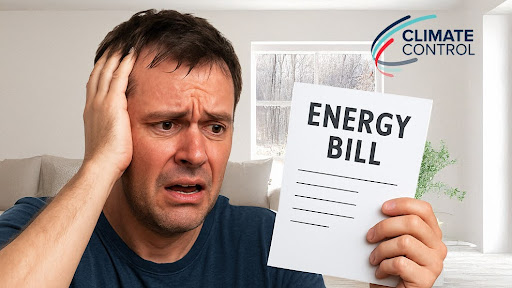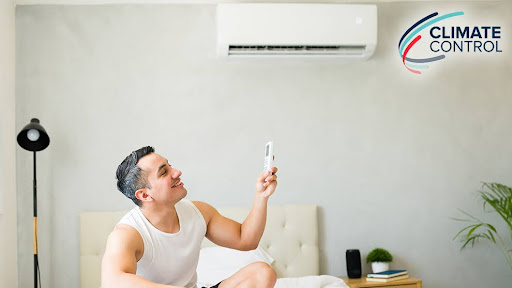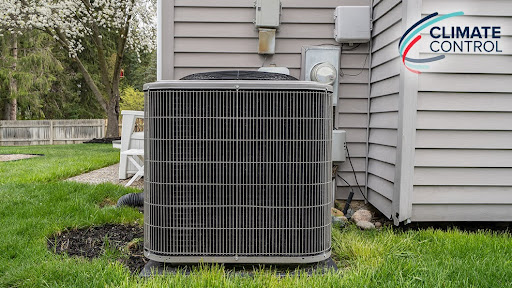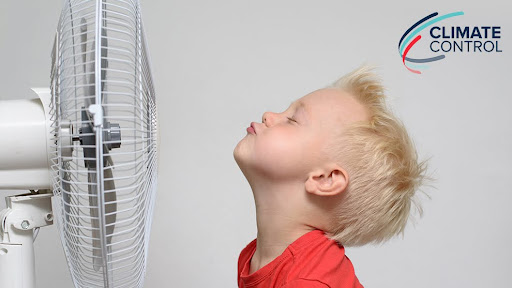The simplest way to reduce water-heating costs, of course, is just to use less hot water. However, for comfort and daily life, we all need to use a certain amount of hot water for showering, washing dishes, washing clothes and more. Beyond investing in a new, energy-efficiency water heater, there are steps homeowners can take to make an older, less-efficient system more energy efficient.
To save energy and money when using the water you need, use this four-step strategy:
- Insulate the tank – While most newer storage tank water heaters utilize highly effective insulation in the tank walls to prevent standby energy losses, older systems are inherently prone to significant standby loss. Installing a pre-cut jacket or insulating blanket reduces energy loss, but be careful to follow the manufacturer’s instructions when doing so. It can be hazardous to cover certain components on both electric and gas water heaters, and it may be best to have a trained professional install the insulation.
- Dial back the temperature – In most cases, manufacturers pre-set a water heater’s temperature to 140 degrees, an unnecessarily high setting that can lead to scalding in some cases, and that also wastes energy. A moderate setting of 120 degrees will suffice in terms of providing water that is hot enough to use while saving energy.
- Insulate the plumbing pipes – Applying insulation to the pipes that lead into and extend out of the water heater will help to prevent energy losses. As hot water moves through cold pipes, the temperature of the water decreases, so you not only lose energy — and dollars — but the water won’t be as hot when it arrives at the point of use.
- Install heat traps – Older water heaters allow heat loss to occur on the systems’ cold and hot inlet pipes. Newer systems have heat traps pre-installed, but for older systems, it’s possible to purchase add-on heat traps to reduce energy losses at the pipes.
With these simple strategies, homeowners can stop wasted energy from going down the drain. Plug water-heating costs with these four tips, or contact Climate Control Company today for more information. We’ve been providing western Colorado with quality HVAC services since 1956.
Our goal is to help educate our customers in Aspen, Vail and the surrounding Western slope communities in Colorado about energy and home comfort issues (specific to HVAC systems). For more information about water heating costs and other HVAC topics, please visit our website.
Image courtesy of Shutterstock






